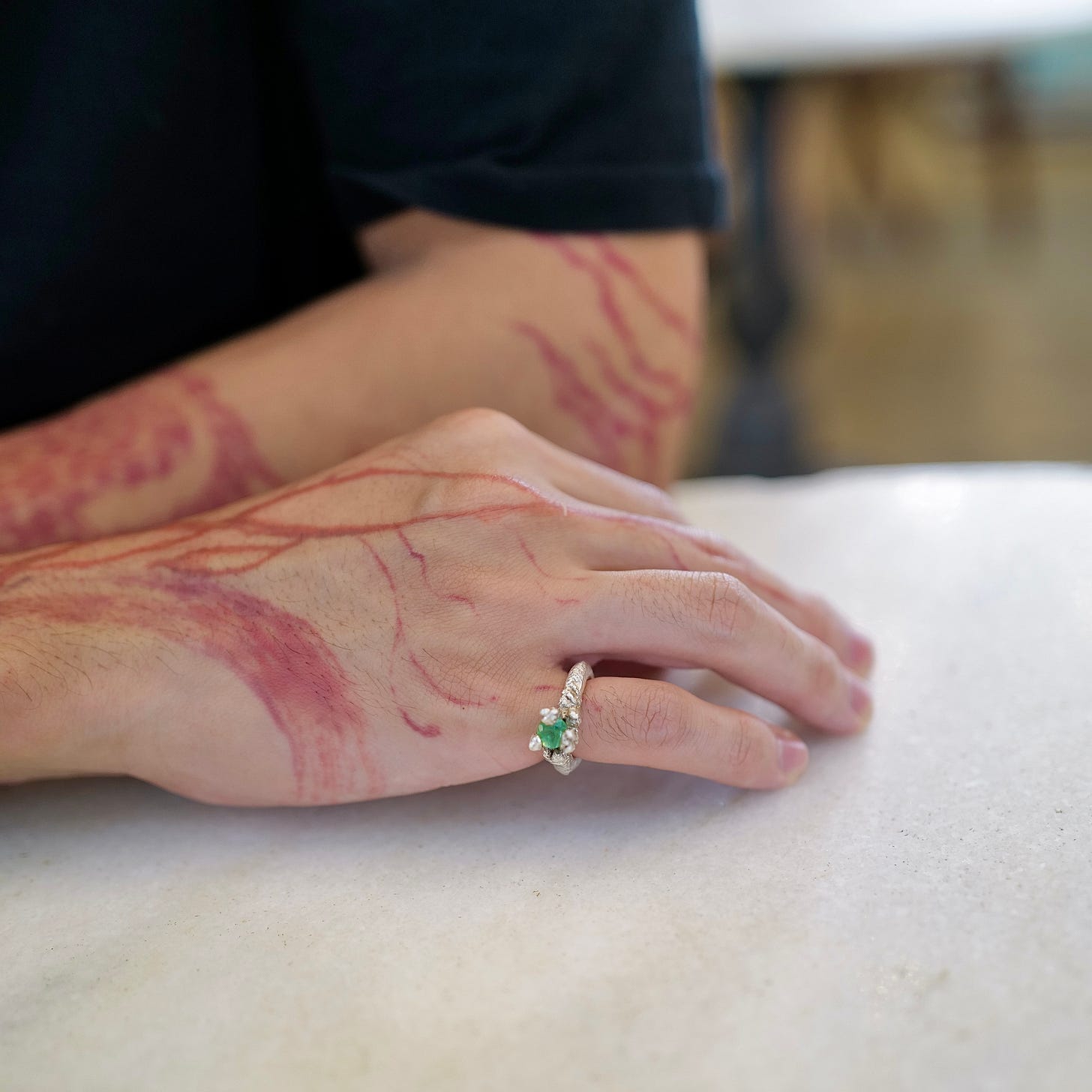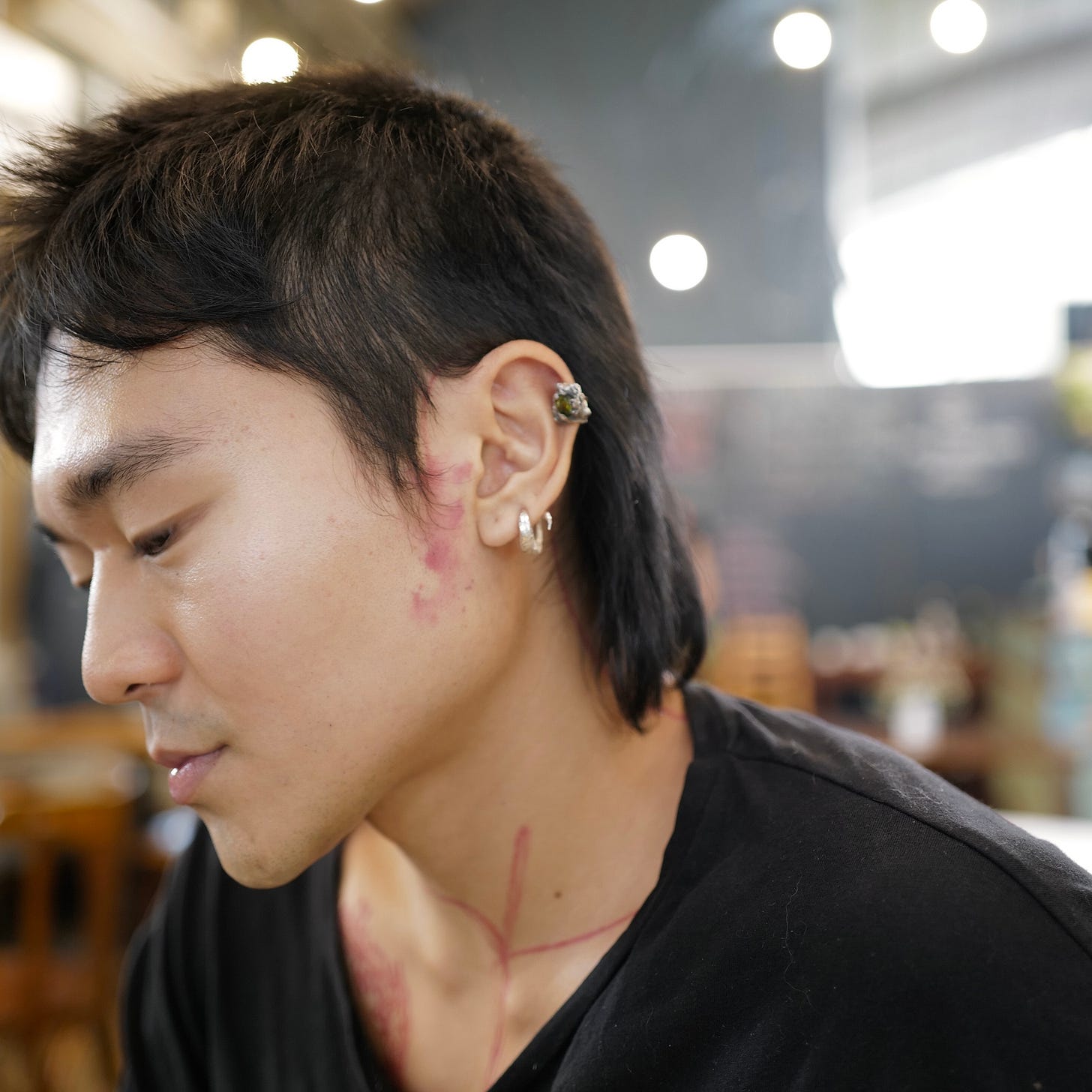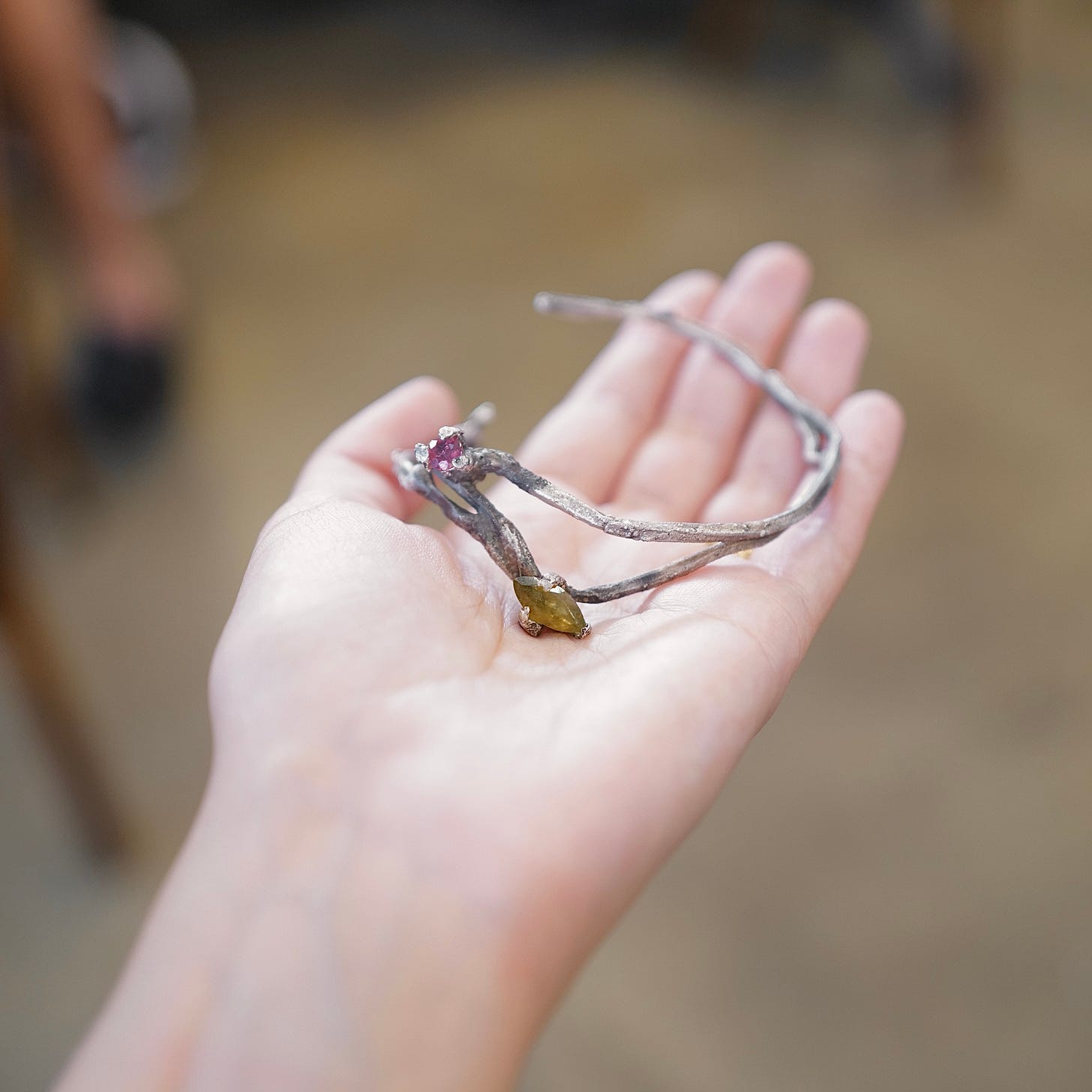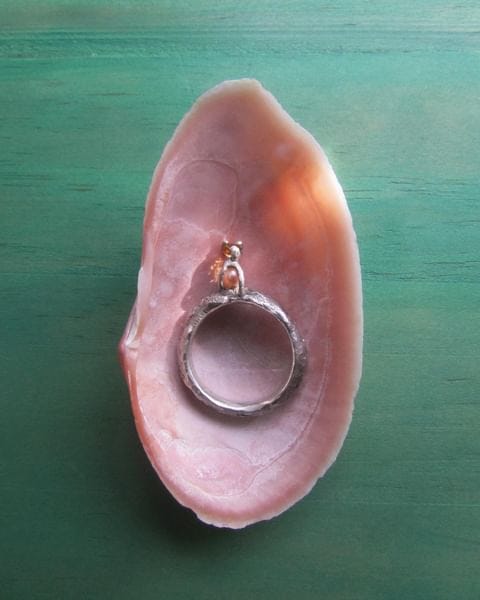In jewelry design, there’s often a tension between the impulse for polished precision and the instinct to preserve raw nature. Pancália's body of work is the ultimate expression of what this tension can create: a beauty that entices curiosity and is drenched in meaning.
Hi, dear reader! In today’s issue, I’m thrilled to introduce you to Pancália, the jewelry brand brought to life by Vitor Kenzo Shibata.
I had the pleasure of meeting him in Brazil earlier this year. Over coffee, he shared his creations with me, and it’s taken time to write this article—because, truthfully, I’ve never been so impressed by jewelry of such exceptional quality, especially from a relatively new name. Capturing the essence of his work feels almost intimidating.
Pancália’s sculptural play with textures reveals how bold forms can bring out the natural softness of sterling silver and gold. Colorful gemstones and pearls rest serenely in precise compositions.
Each piece feels like a tangible meditation on the transformation of material from its origin to its ultimate form. Shaped by time, yet undeniably contemporary, it embodies a highly palatable kind of eccentricity that makes even a basic look come alive.
Rather than bending materials to the designer’s will, Pancália embraces a different approach: one that honors the collaboration between the a inherent nature and the maker’s intention.
Not forcing it into submission but coaxing it into form.
Kenzo’s background, before turning to goldsmith, is a marriage of fashion design from the Istituto Europeo di Design and a Master’s in Textile Sciences from USP. This speaks to the tactile sensitivity of his work. In an industry often obsessed with purity and superficiality, his artistic approach feels almost radical—refreshingly liberating.
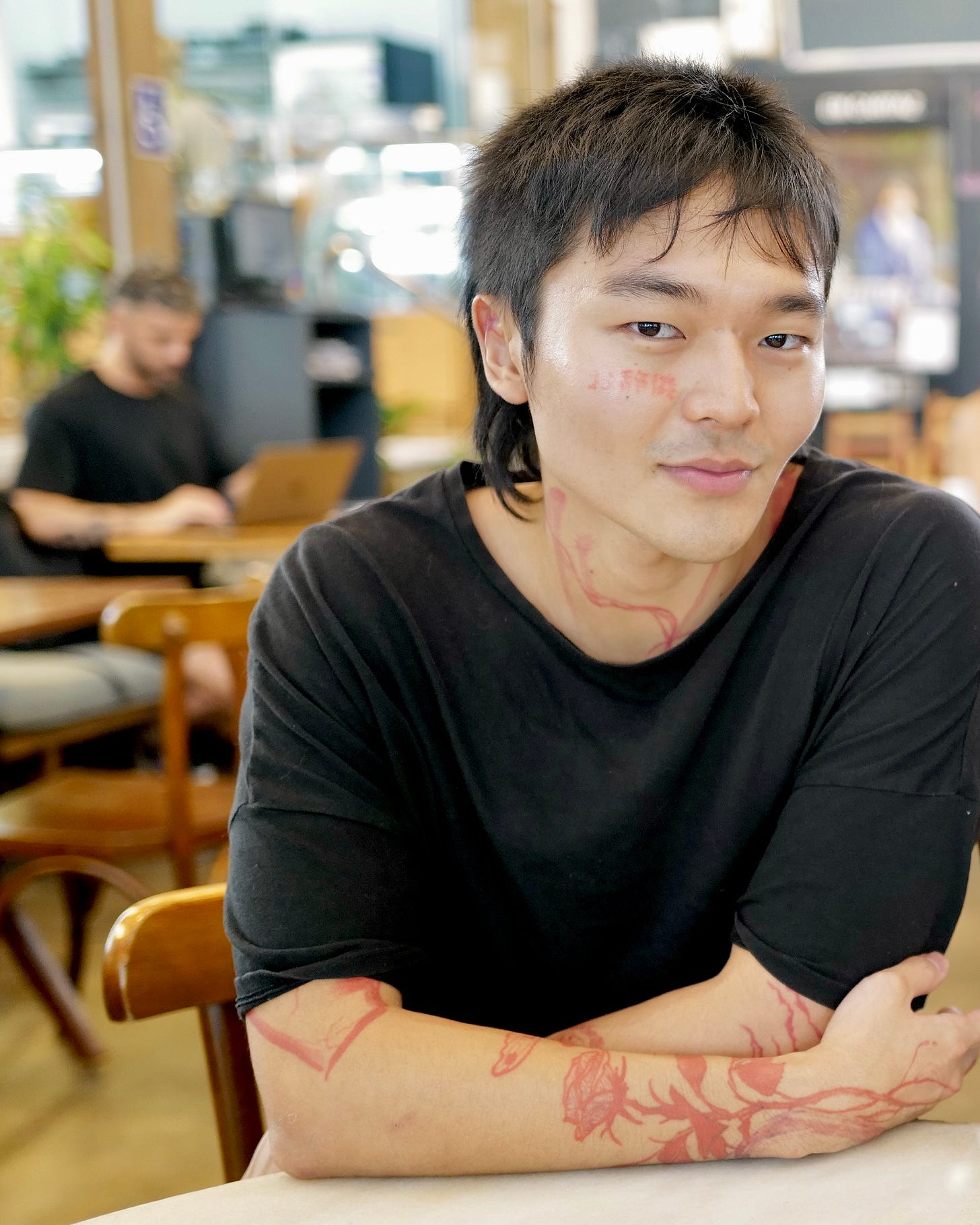
Few of a kind
The jewelry market is painfully saturated with basic designs, but I do believe there will always be space for those with genuine courage and talent.
There’s a unique kind of creativity that thrives in this environment—one characterized by a vibrant personality, charisma, and a discerning eye that transforms artistic visions into appealing products. In a parallel with fashion, think of Rick Owens and Martin Margiela, who cultivate a devoted following within a niche while still managing to communicate with a broader audience.
Pancália, in many ways, feels autobiographical—a reflection of Kenzo’s experiences and worldview. There’s a quiet rigor in his work, a meditative quality that mirrors his meticulous attention to process and material.
His pieces feel personal, like stories told through metal—narratives shaped by the interplay of light and shadow, fluid forms meeting rugged textures. His work is also deeply influenced by the environment, drawing from the tropical appeal of Florianópolis and the urban edge of São Paulo. The result is rocky, volcanic, ocean-weathered.
There is an aesthetic resonance with a jewelry style that gained momentum in the late 90s and continues to this day, well represented by names such as Yasuki Hiramatsu, Karl Fritsch and Hongxia Wang. To draw a comparison: while Karl Fritsch’s work often feels like a once-malleable object hardened over time, Pancália’s creations feel as though they’ve traveled from the ocean floor, molded and shaped by the elements before finding rest in the shore.
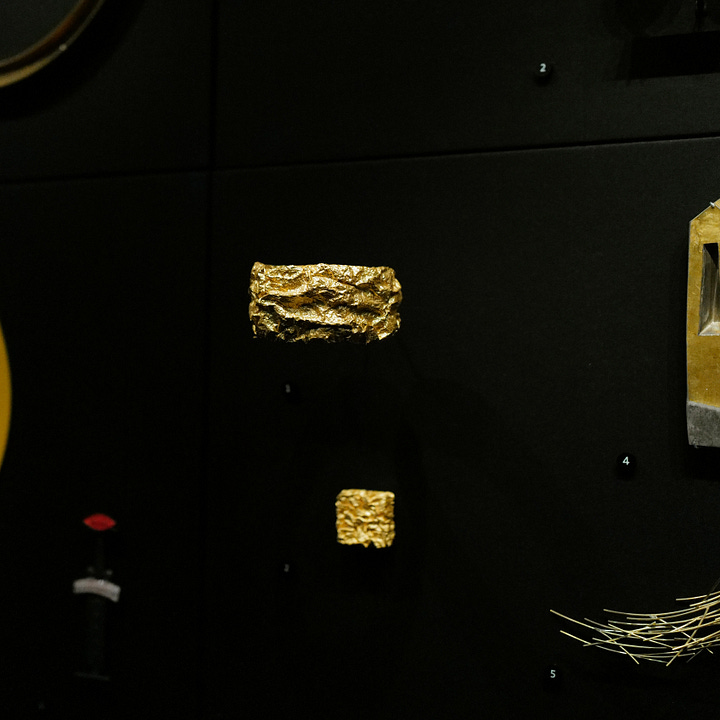
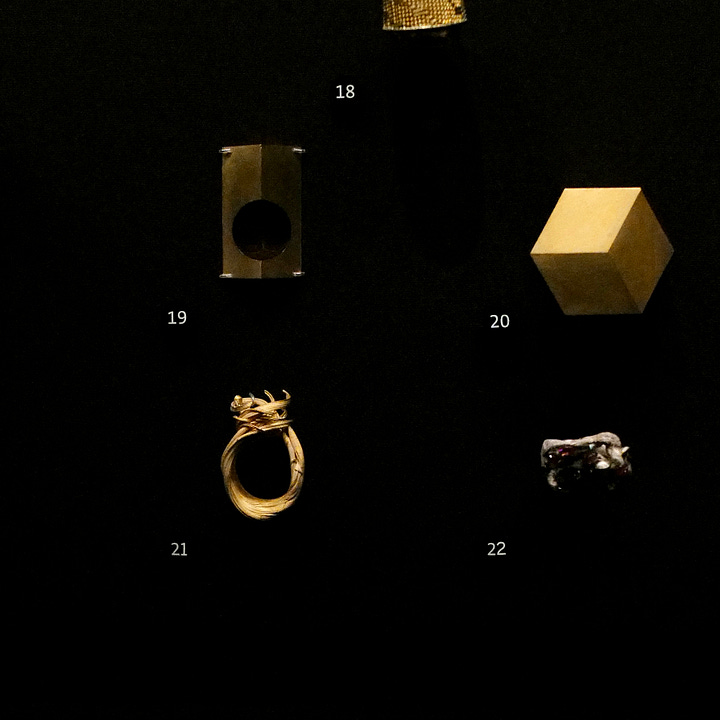
For example, this ring below seem as though they’ve emerged naturally from the earth. It is not overly forced into symmetry or perfection. Instead, it is a reflection of the natural world, with all its unpredictability and raw beauty. It is a little strange, and therefore very sensual. Tactile, intuitive and emotional.
Doesn't it look like it could be on display at the Victoria & Albert too?
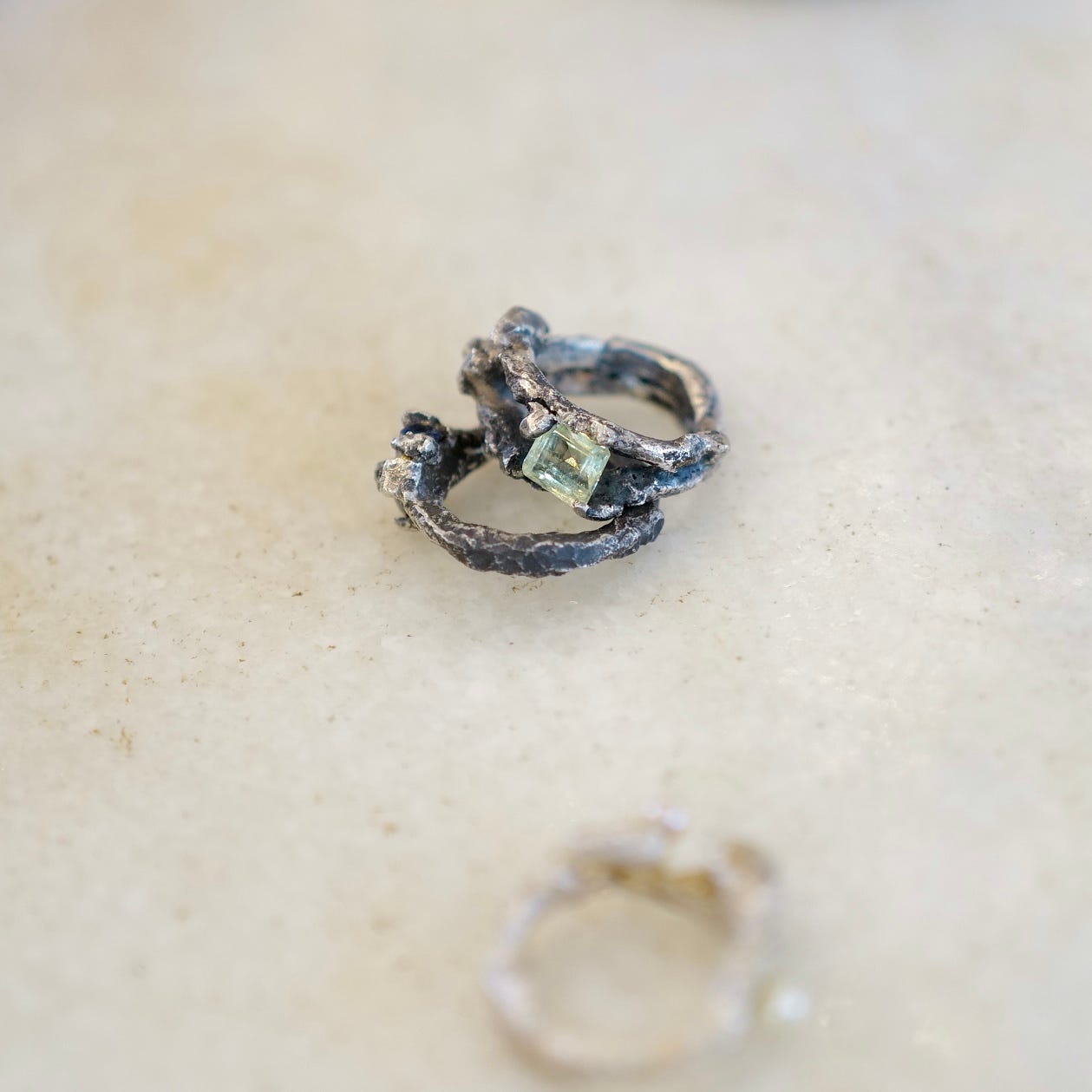
Each piece is handcrafted, one by one. Even when a piece follows a specific design, it is unique in its execution. Kenzo shared that developing his own tools has allowed him to introduce subtle details during the creation process, carrying imperfections into badges of honor.
These marks remind us of the hands that shape each piece—something digital design can’t replicate. It draws us into its materiality. There’s an invitation to engage with the textures, to feel the subtle weight of each piece as it rests on the body.
They are very much comfortable, but they don’t conform to the traditional notion of comfort, where minimalism and ease are often conflated. Rather, they are progressively sculpted directly for the body. In some ways, like a piece of clothing that doesn’t stand out on the hanger but comes to life when worn, these jewels are a sight to behold once you put them on.
Wearing these pieces isn’t passive—it’s an invitation to connect. They grab your attention, not because they’re flashy, but because they’re unexpected and playful. You’ll want to touch them, feel their weight, see how they settle on your skin, and notice all the little details. In that way, the relationship between you and the jewelry becomes more intimate.
Perhaps this is the ultimate luxury. Design that demands presence, that cannot be experienced through a screen but must be felt, worn, lived with.
As I think (and dream) about what’s next for Pancália, I’m excited by the possibilities.
I was recently in Tokyo and came across the work of ceramic artist Aki Tamiya. As with Pancália, there is a brutally honest and respectful elegance in exploring the possibilities of a material. It is a rare talent to create a piece that brings out the beauty that emerges, encouraging it beyond the expected result.
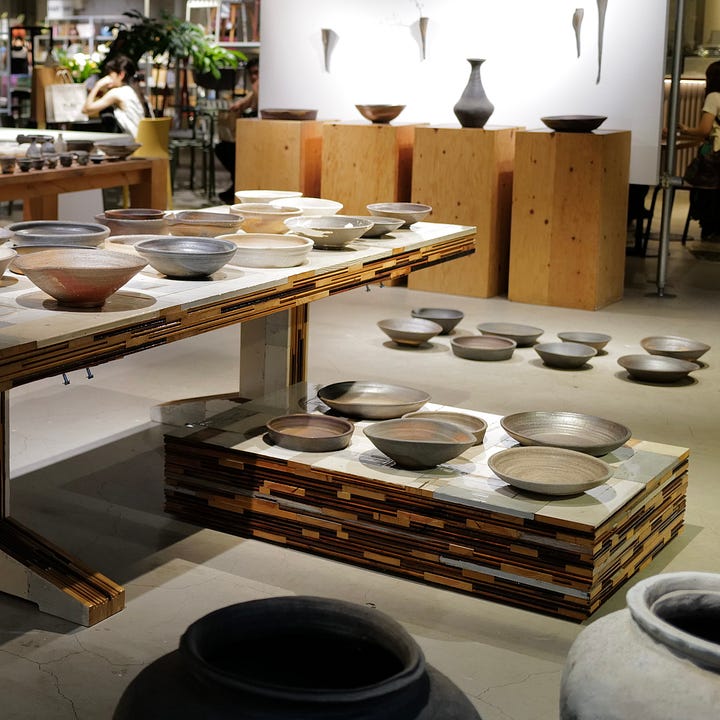
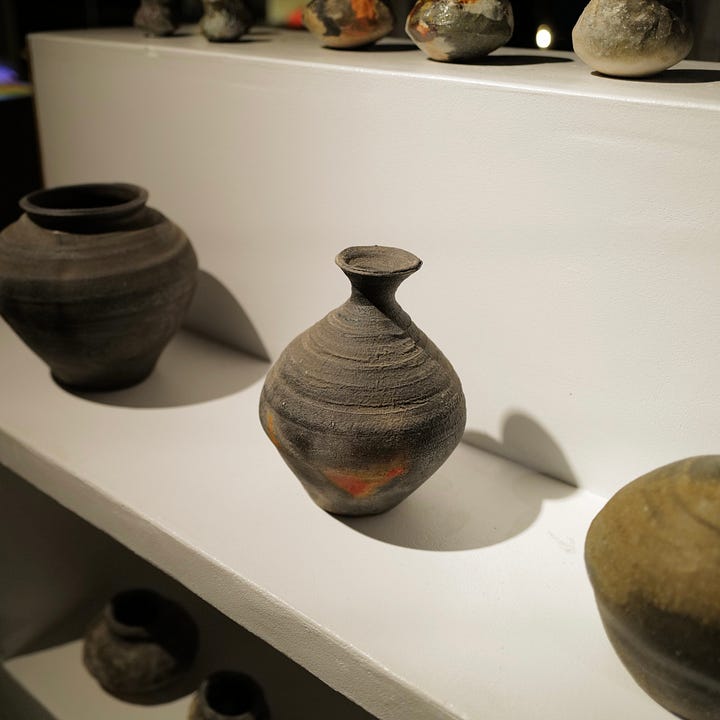
This tactile, deeply human approach could expand into other areas—textiles, accessories, perhaps furniture. The idea of creating alongside nature, rather than against it, feels ripe for exploration in other mediums.
These pieces of jewelry are so exceptional that they embody an aesthetic all their own, transcending their individual forms. Consistency makes this possible.
Great jewelry is made of connection—to the material, to the process, to the body.
Warmly,
Ísis






